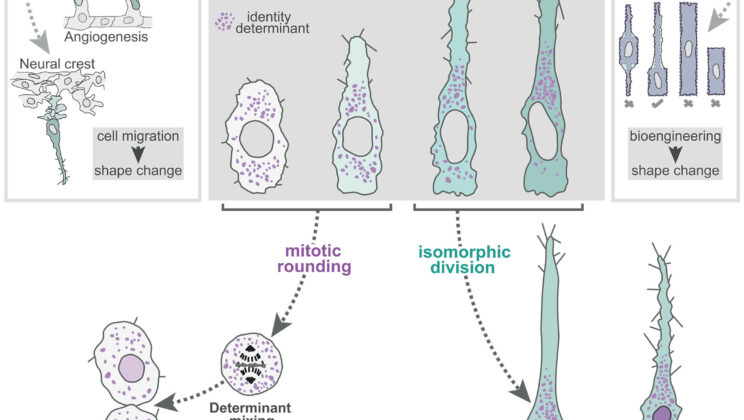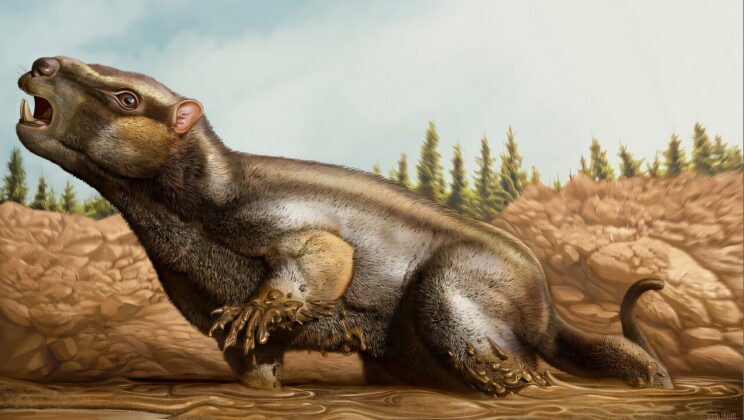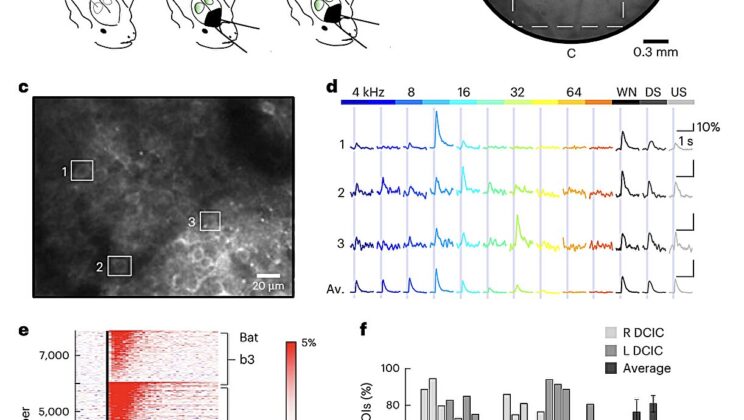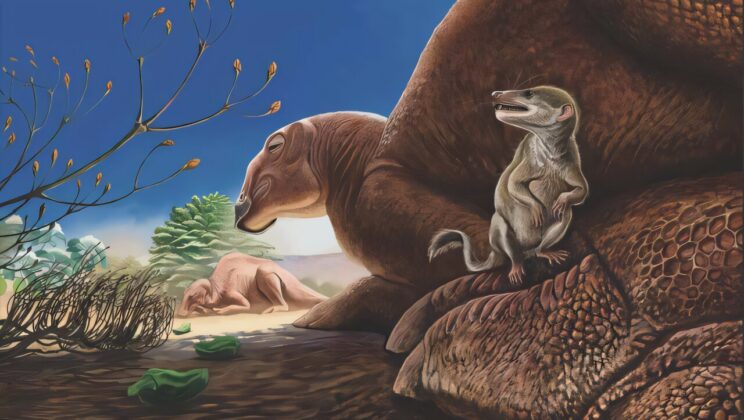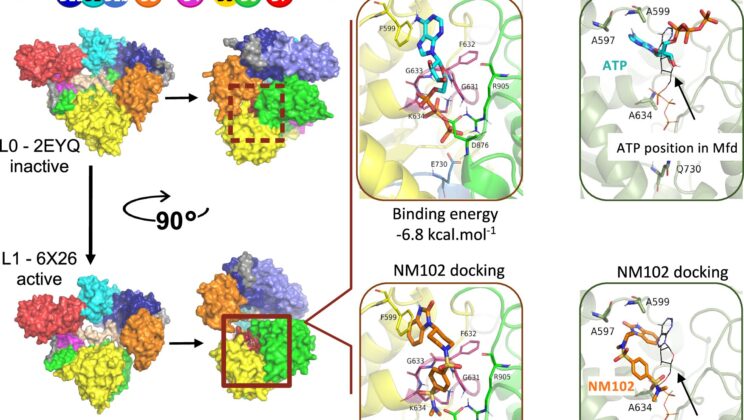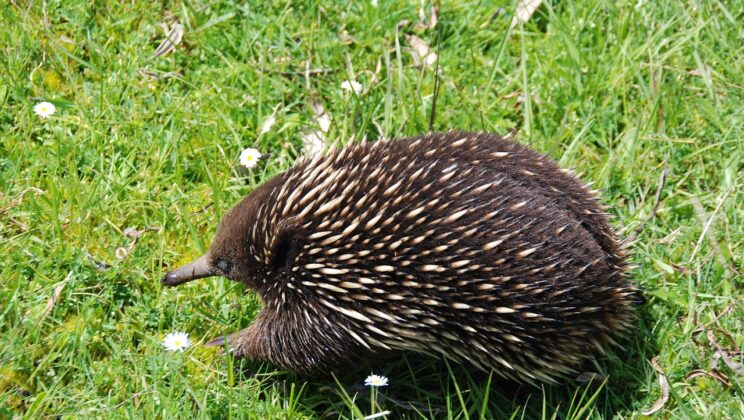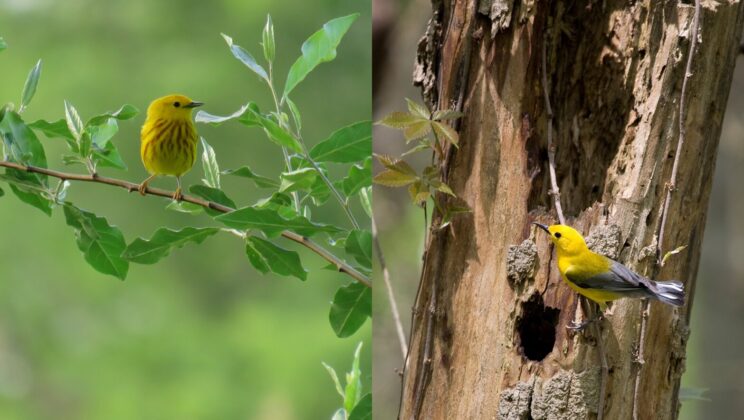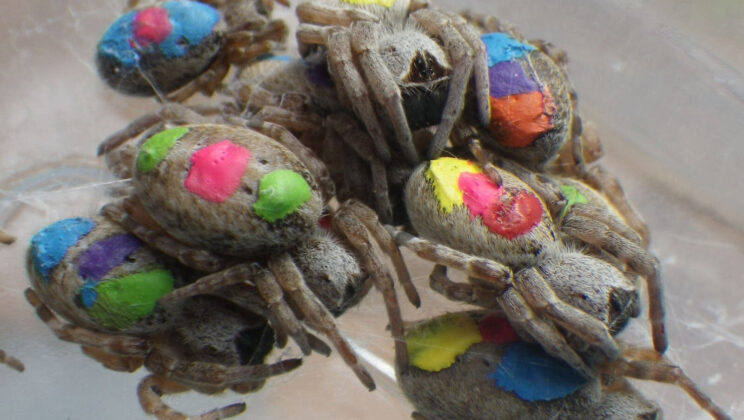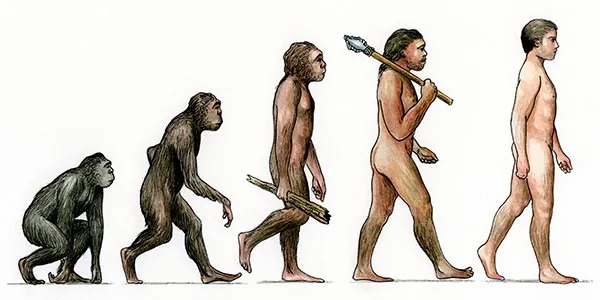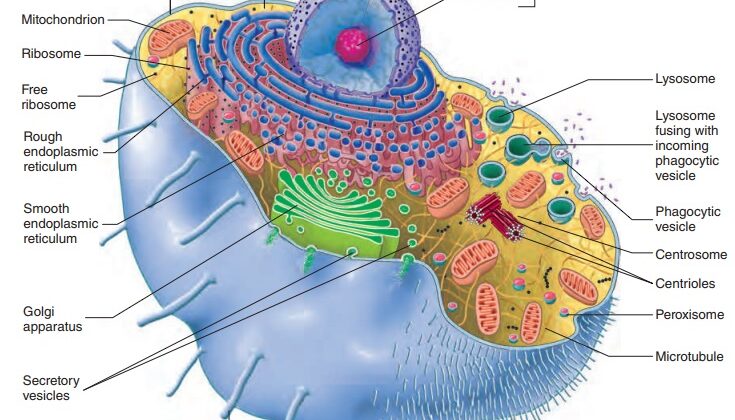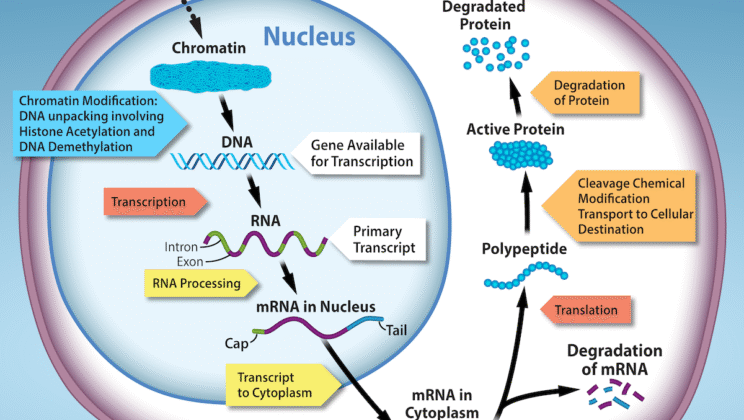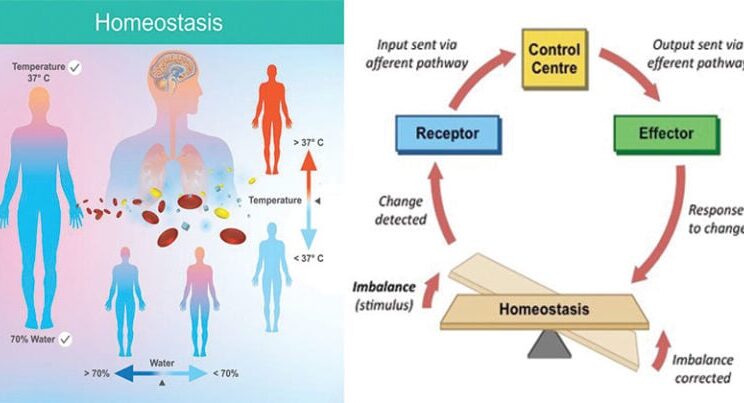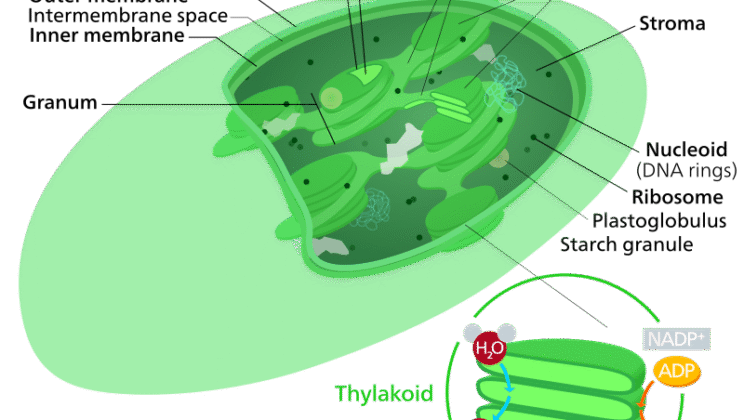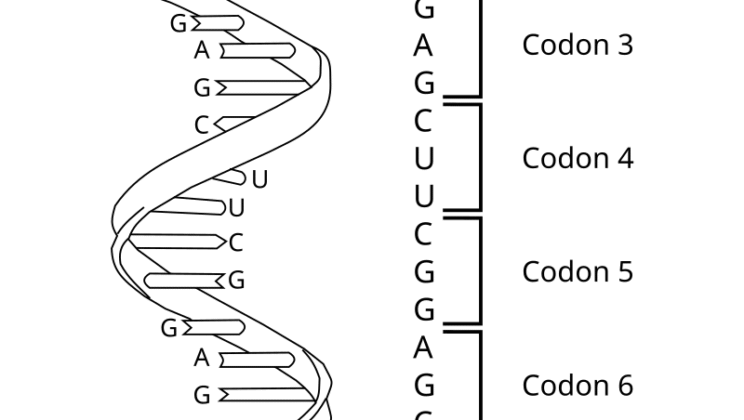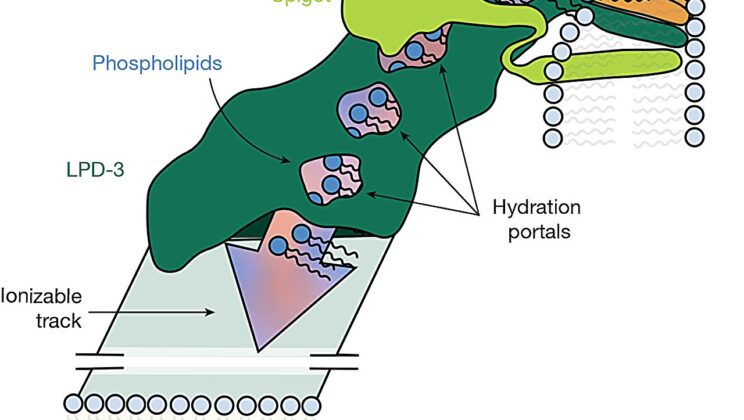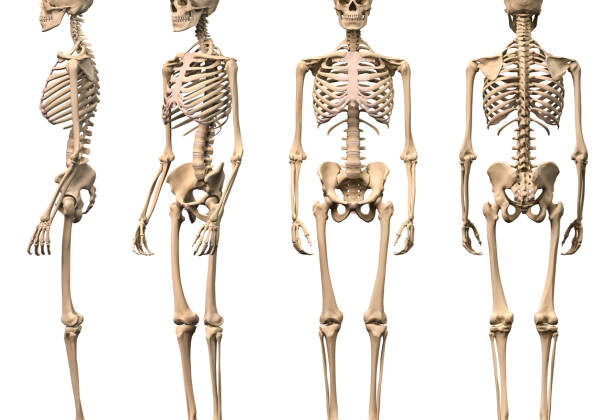In a groundbreaking revelation that could reshape biology textbooks and redefine medical strategies, scientists from The University of Manchester have challenged a fundamental concept about how cells divide—a process that…
Category: Biology
145-Million-Year-Old Jawbone Uncovers Secrets of Ancient Mammal Lineage
Deep beneath the sedimentary layers of western Portugal, within the fossil-rich Ulsa quarry of the Freixial Formation, scientists have uncovered a remarkable clue to our planet’s distant past—a new species…
Ears of Instinct: How Bats Categorize Sound in the Blink of a Wingbeat
In the pitch-black night, as we reach for a light switch, bats take flight without ever needing one. These nocturnal navigators glide, dart, and dance through the air, detecting prey…
Juno Uncovers Fiery Secrets of Io and Roaring Cyclones of Jupiter
Far beyond the comforting glow of Earth’s sunrises and sunsets lies a realm of extremes—a realm where winds howl with ferocity, volcanoes never sleep, and radiation belts lash any intruding…
Fossil Discovery Reveals Caribbean Was Once Home to Land-Dwelling Crocodile Predators
Imagine a crocodile with the speed and build of a greyhound, sprinting across land on long, muscular legs and slicing into prey with jagged teeth. This isn’t a creature of…
Tiny Fossil Discovery in Mongolia Unveils New Mammal Species from the Age of Dinosaurs
In the sweeping silence of Mongolia’s Gobi Desert, where golden dunes stretch like ocean waves frozen in time and the wind whispers stories older than memory, a team of scientists…
Scientists Discover Molecule That Disarms Superbugs Without Harming Microbiome
In the ever-escalating battle between humanity and infectious disease, scientists have just unveiled a potential game-changer. A coalition of French researchers—drawn from INRAE, CNRS, Université Paris-Saclay, and Inserm—has identified a…
The Secret Weapon on Your Skin: How Yeast May Help Fight Superbugs
In the quiet corners of university labs, where curiosity meets tenacity, science sometimes stumbles across nature’s best-kept secrets. One such revelation has emerged from the University of Oregon, where researchers…
Scientists Uncover Aquatic Origins of Echidnas Through a Tiny Fossil
Sometimes, a single fragment of bone can shift the foundations of scientific understanding. At Dinosaur Cove in southeastern Australia, almost thirty years ago, a small, seemingly unremarkable fossil humerus was…
Female Birds Fight Fiercely for Nesting Sites
“Get off my lawn!” It’s a phrase that instantly conjures up an image: a grumpy old man, arms flailing, voice booming at a group of kids who dared pedal their…
Study Finds Social Spiders Are More Flexible Than We Thought
In the sprawling savannas of southern Africa, a peculiar kind of spider builds its massive communal webs among the thorny branches. These are the Stegodyphus dumicola—the so-called “hippie spiders”—named for…
Evolution Explained: How Species Change Over Time
Look around you—the birds in the sky, the trees in the park, the pets in our homes, and even the bacteria on our skin—all are products of a long, winding,…
The Incredible World of Cells: The Building Blocks of Life
Imagine shrinking yourself down, smaller than a grain of sand, smaller than a dust particle—so tiny that you can slip inside the vast, bustling universe of a living cell. Here,…
What is Gene Expression and Why It Matters for Life
In every cell of every living organism lies a marvelous instruction manual—the DNA molecule. It holds the blueprint for building, maintaining, and operating the organism. But DNA itself is inert;…
What is Homeostasis and Why It Is Vital for Life
Imagine you are walking through a desert, the sun beating down mercilessly, your body parched, your skin sweating. Now imagine you’re plunged into icy waters, your muscles tightening, your body…
What is an Organ System? A Complete Guide to the Body’s Inner Workings
When you glance in a mirror, what you see is a marvel of natural engineering. You see a body standing, blinking, breathing—perhaps smiling. But underneath the surface, hidden within your…
What is a Chloroplast? The Complete Guide to Nature’s Solar Powerhouse
If you look out at a forest, a field of grass, or even a simple houseplant, you are witnessing the handiwork of one of nature’s most extraordinary innovations: the chloroplast.…
What is a Codon? Unlocking the Genetic Language of Life
If the universe speaks the language of physics, then life on Earth speaks the language of biology. At the very core of this biological language lies the concept of the…
Scientists Reveal Structure of LPD-3, a Giant Protein Tunnel for Lipid Transport Across Cell Membranes
In a groundbreaking study blending innovation and perseverance, researchers from Oregon Health & Science University and Oregon State University have pulled back the molecular curtain on one of biology’s hidden…
What is the Human Skeleton? Anatomy, Functions, and Fascinating Facts
Beneath the layers of skin, muscle, and blood that we see in the mirror every day, a remarkable structure quietly holds us together. It gives our bodies shape, protects our…
